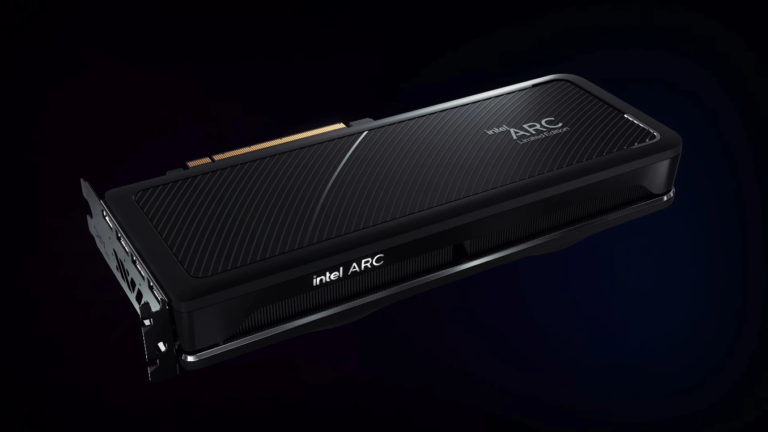Nobody expected Intel’s slowest and weakest Arc GPUs to make a strong first impression. New Arc A350M benchmarks, on the other hand, have given us a good sense of what to expect from the new graphics system. The Arc 350M appears to run on par with Nvidia’s older GTX 1650 cards.
That’s bad news for anyone hoping for performance comparable to the RTX 3050. Despite being at the “low end” of the 30 series, the RTX 3050 is fairly powerful. These new Intel cards, on the other hand, should not be dismissed just yet.
First Intel Arc A350M benchmarks are on par with older Nvidia GPUs

While the A350benchmarks M’s aren’t very impressive, you shouldn’t expect a card designed for ultraportable devices to compete with cards like the RTX 3050, which are still designed for gaming. Despite demonstrating the FPS of certain games at 1080P on the Arc GPUs, Intel’s A350M and A370M gaming cards aren’t mainstreaming. Instead, Intel created these CPUs to be used in more casual laptops for gaming.
As a result, these lower-powered cards will never be able to compete with Nvidia’s Ampere series gaming giants. That isn’t to say that the A350M benchmarks aren’t impressive. In fact, they’re really good benchmarks for what these GPUs are supposed to be capable of. In ultraportable devices, an alternative for integrated graphics.
You must also consider the additional features they provide, such as ray-tracing support and Intel’s planned XeSS AI-upscaling. These are features that the A350M does not have in comparison to earlier cards. These aren’t features that are supported by Intel’s current integrated graphics systems.
How the first Arc GPUs stack up
But, exactly, how do the numbers add up? Here’s a closer look at the first A350M benchmark results.
The poster utilized a Samsung Book Pro2 laptop with the upgraded graphics system to capture these results, which included scores for Fire Strike and Time Spy (both part of 3DMark), utilizing both the default and performance variations of the Arc A350M.
The Arc A350M scored 6,876 in default mode and 7,318 in performance mode in Fire Strike. The differences between the two modes in Time Spy were comparable. The Arc A350M achieved 2,653 in default performance, with a peak of 3,494 in performance mode. According to Notebook Check, the older GTX 1650 scored 8,152 in Fire Strike and 3,430 in Time Spy.
Again, the A350scores M’s pale in comparison to the RTX 3050’s far higher 3DMark scores. The A350M, on the other hand, isn’t attempting to compete with that particular card. However, if Intel wants to compete with Nvidia and AMD, its next Arc GPUs would need to do exceptionally well in benchmarks. Particularly if it is to compete with the upcoming RTX 3090 Ti.














